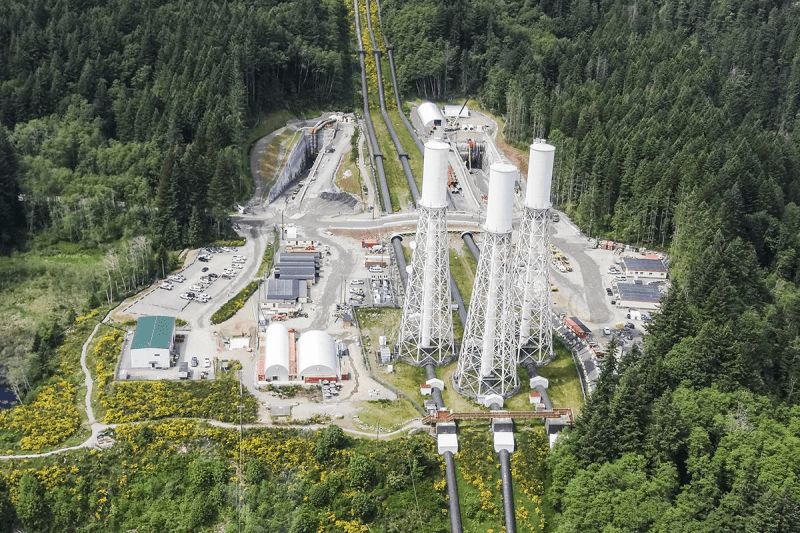Electripete said:
What they're saying is if the operators did not take prompt action to reduce load by initiating partial blackouts, then the entire Texas grid could have gone down, tripping every generating plant offline.
Yes, the grid operator had to shed load to keep the grid running. The ERCOT
Underfrequency Load Shedding Plan only requires 25% of firm load (plus some non-firm loads) to be armed for UFLS, which is far less than the 49% of generation lost during the event. UFLS is primarily designed to keep generation turbines from experiencing damage from mechanical resonances. From the
ERCOT manual :
"ERCOT provides settings for under-frequency tripping (if installed) of steam turbine generators.
No tripping should occur as long as frequency remains above 59.4 HZ. As frequency falls
below 59.4 HZ, progressively faster time delayed tripping can occur. Once frequency reaches
57.5 HZ or below, the generator can be tripped with no intentional time delay."
After a generator outage, the system operator must quickly return the frequency to 60 Hz in order to ensure the frequency stays above the generator under frequency tripping set points for the NEXT outage. If the system were allowed to persist operating at a lower operation point a small additional frequency dip could lead to generators tripping.
Today's ERCOT presentation states that the system was below 59.4 Hz for more than 4 minutes and dropped as low as 59.3 Hz.
A few things make it important to keep large safety margin regarding UFLS:
1) The load armed for UFLS may not be representative of the overall load mix. Having a large amount of irrigation load armed for a summer UFLS plan is worthless during the winter. Likewise, arming heating loads for a winter UFLS plan will underperform during a summer outage.
2) UFLS rarely operates, so there is little opportunity to compare actual performance to the predicted performance. Last time it operated within my region, there were many lessons learned.
3) The off nominal frequency behavior of both generation and load is not precisely modeled in power grid simulation software. Linearizing assumptions often help simplify the models for a small ranges of frequency but at the cost of inaccuracy for large frequency variations.
4) The inertia of the grid changes as the types of generation shifts. This occurs both on an hourly basis throughout the day and due to long term trends.
5) The inertia of the grid continues to be reduced as more motors are moved variable frequency drives (VFDs).
6)Loads armed for UFLS might also be tripped for other reasons. It is challenging to avoid double counting UFLS loads when the same load might also be part of Under Frequency Load Shedding, have a manual rotating load shed plan, and be experiencing a weather related outage.
As to how long a black start might take, today's
comment from ERCOT’s CEO seems pretty spot on to me:
"If we have a blackout of the system, the system is out for an indeterminate amount of time, and it's extraordinarily difficult to bring it back. We might still [5 days later] be talking about when's the power coming back on if we let the system get to that condition."

